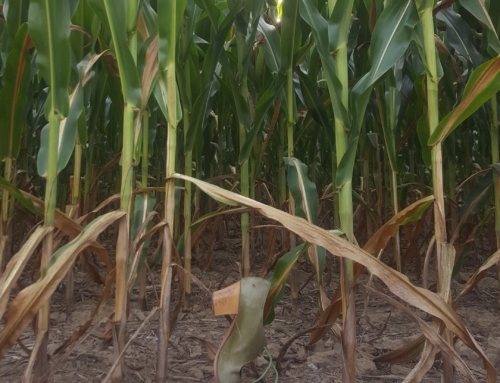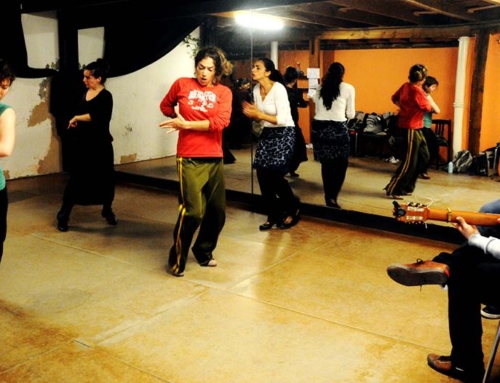Israel Galván, ‘Solo” at an outdoor stage in the Monasterio de la Cartuja
The first few times I saw Galván perfom, I initially began to see his dancing as an exaggeration of flamenco—he takes traditional gestures and postures and literally pulls them out of shape, distorts them, extends them to such a point that they are nearly unrecognizable. Buried beneath his complex steps you can see the structure of a basic desplante (a common step in flamenco), but he layers and complicates the desplante, often in such a way that he takes the rhythm of the palmas and guitar that would normally accompany a dancer’s movement and adds that into his own.
In ‘Solo’ it is as if he Galván is the compás (rhythm) in its entirety; what normally takes several musicians and a dancer to create a rhythm, Galvan does alone. He creates complex rhythms with his body, from hitting out the rhythm on the tips of his shoes, to his teeth and even his eye, to footwork that encapsulates the compás in such a way that it appears as if there is a cajón (percussive box) player, a palmero, a cantaor and a guitarist. In that manner, Galván is everything; he is flamenco. Normally I think that flamenco comes from the cante, that it all has to begin with the cante, but Galván goes beyond that, he somehow represents the whole of flamenco in himself alone. And in ‘Solo,’ he shows flamenco’s connection to silence and to its surroundings.
Throughout the show, Galván plays with the compás, both in the literal sense that his gestures act as if he is throwing the compás itself into the air, into the open space, then chasing it, or walking away from it, and sometimes catching it or watching it fall. He is able to turn the air and the space surrounding him into the compás in the moments when he isn’t embodying it. The show represents his relationship to the compás—it travels around him, sometimes literally slapping him in the face, knocking him down. Like an invisible element that possesses and interacts with him, it weaves in and out of his body.
It’s the moments when I feel like Galván should be screaming, and instead there is silence that his movements really strike me, when I really feel something from his dancing. Forgetting all the technique, the analysis, I feel something profound when he dances and I get goose bumps when he finishes a remate (the end of a step, what everything sort of builds to, like the end of a crescendo in music).
Here’s a clip from youtube:
The show begins with Galván strolling down the pathway towards the stage from upstage, his heels clicking on the cobblestones and his head bowed downwards. As he stands at the edge of the stage a bird calls out in the background. He steps up onto the stage. A motor begins to sound in the distance. If you listen closely you can hear the river just behind the Monasterio de la Cartuja. He begins in silence, simply as an architect with his body. He is the Gaudí of flamenco, making a disfigured shape with his body, then quickly returning to standing neutrally.
The back part of the stage makes intensely deep base notes. It feels as if a heart is beating when he dancing on that part. At other times his fingers move back and forth as if they are being blown in the breeze like the trees in the courtyard on the other side of the wall.
And I wonder at times during the show what is improvised and what isn’t. He uses many of the same gestures and series of movement from his show ‘La edad de oro.’ There are series that he uses over and over, that are becoming somewhat of a trademark. But I wonder is the whole show choreographed from beginning to end? Overall, the show was extraordinary, and I wouldn’t expect anything less from such a genius.
| I believe this is a photo of his final pose, when it seemed as if he were almost asphyxiated by the compás, and he stared at the open sky above him completely still for the last moments of the performance. |





Leave A Comment